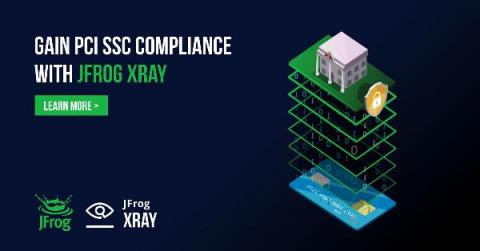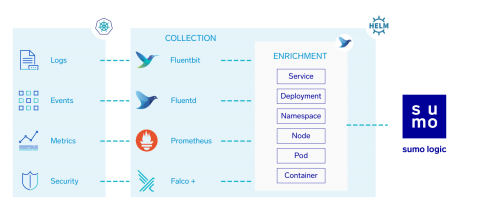Operations | Monitoring | ITSM | DevOps | Cloud
DevOps
The latest News and Information on DevOps, CI/CD, Automation and related technologies.
Release 1.18: What's new with the database engine?
As your infrastructure grows more complex, storing long-term metrics becomes difficult and costly to retain. Your team stars to limit the amount of historical data they archive, causing gaps in coverage. Anomalies start to slip through the cracks. Version 1.18 of Netdata aims to solve the monitoring metrics storage problem once and for all. Aside from 5 new collectors, 16 bug fixes, 27 improvements, and 20 documentation updates, here’s what you need to know.
Compliance Made Easy with JFrog Xray
As compliance managers, we often find ourselves in a struggle. Our responsibility is to uphold compliance standards but in order to achieve this, we need to “sell” the concept to the relevant stakeholders, inter alia the business teams and R&D. We’re put in the position of justifying required changes and processes and are thus mistakenly perceived as business “stoppers” and not enablers.
Kubernetes DevSecOps with Sumo Logic
With Sumo Logic, we can put all of these pieces together to build end-to-end Observability in Kubernetes.
Centralize your logs with Datadog and Fluent Bit
Fluent Bit is a lightweight, multi-platform tool that can collect, parse, and forward log data from several different sources. Because Fluent Bit has a small memory footprint (~450 KB), it is an ideal solution for collecting logs in environments with limited resources, such as containerized services and embedded Linux systems (e.g., IoT devices).
How to Monitor Kubernetes With Blue Matador
Kubernetes is the defacto solution for production-ready container orchestration in 2019. Organizations of any size are able to take advantage of Kubernetes’ quick setup, feature-rich API, and growing community to deliver value quickly and at scale. Since Kubernetes is central to many infrastructures, properly monitoring your Kubernetes clusters is critical. In this post, we will go over how Blue Matador monitors each piece of your Kubernetes cluster automatically.
Introducing Rancher 2.3: The Best Gets Better
Today we are excited to announce the general availability of Rancher 2.3, the latest version of our flagship product. Rancher, already the industry’s most widely adopted Kubernetes management platform, adds major new features with v2.3.
Windows Containers and Rancher 2.3
Container technology is transforming the face of business and application development. 70% of on-premises workloads today are running on the Windows Server operating system and enterprise customers are looking to modernize these workloads and make use of containers. We have introduced support for Windows Containers in Windows Server 2016 and graduated support for Windows Server worker nodes in Kubernetes 1.14 clusters. With Windows Server 2019 we have expanded support in Kubernetes 1.16.











